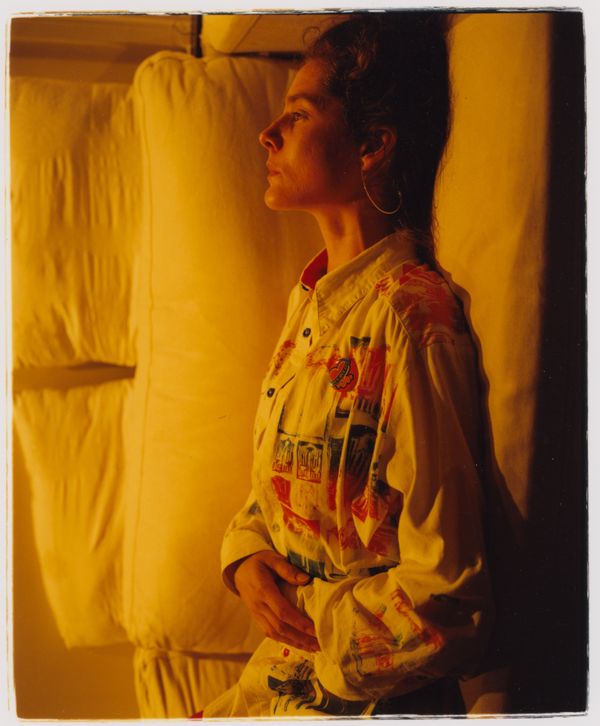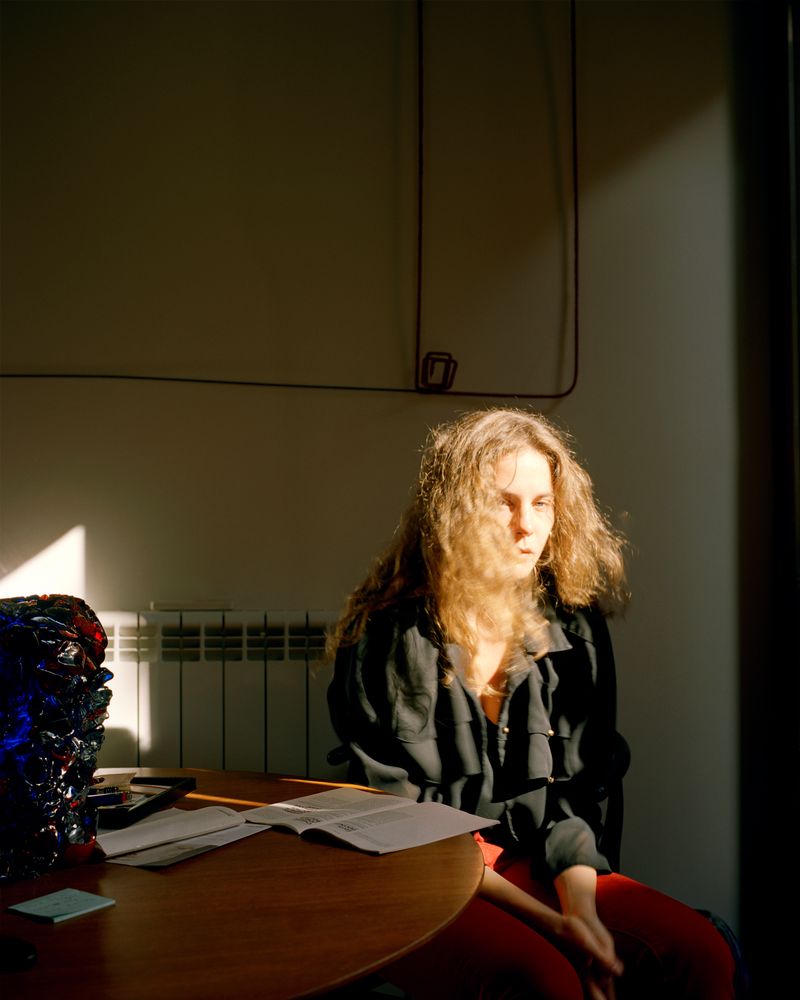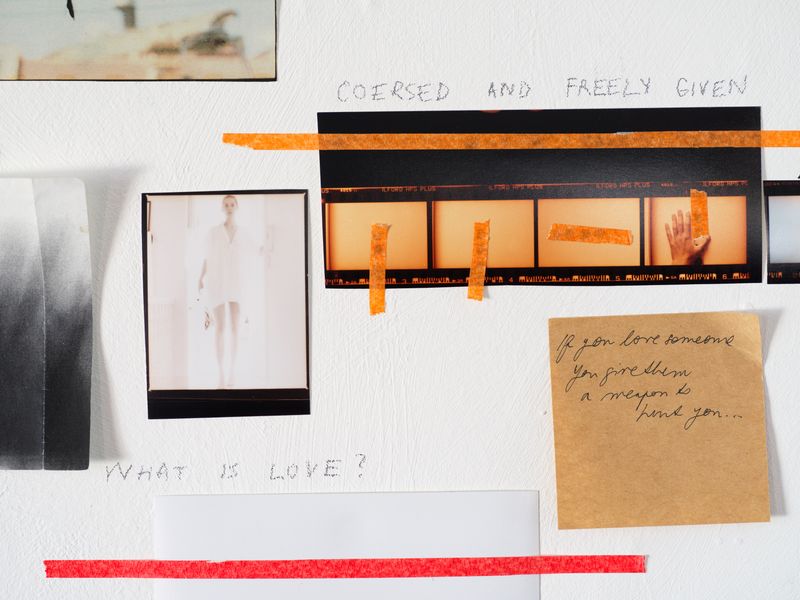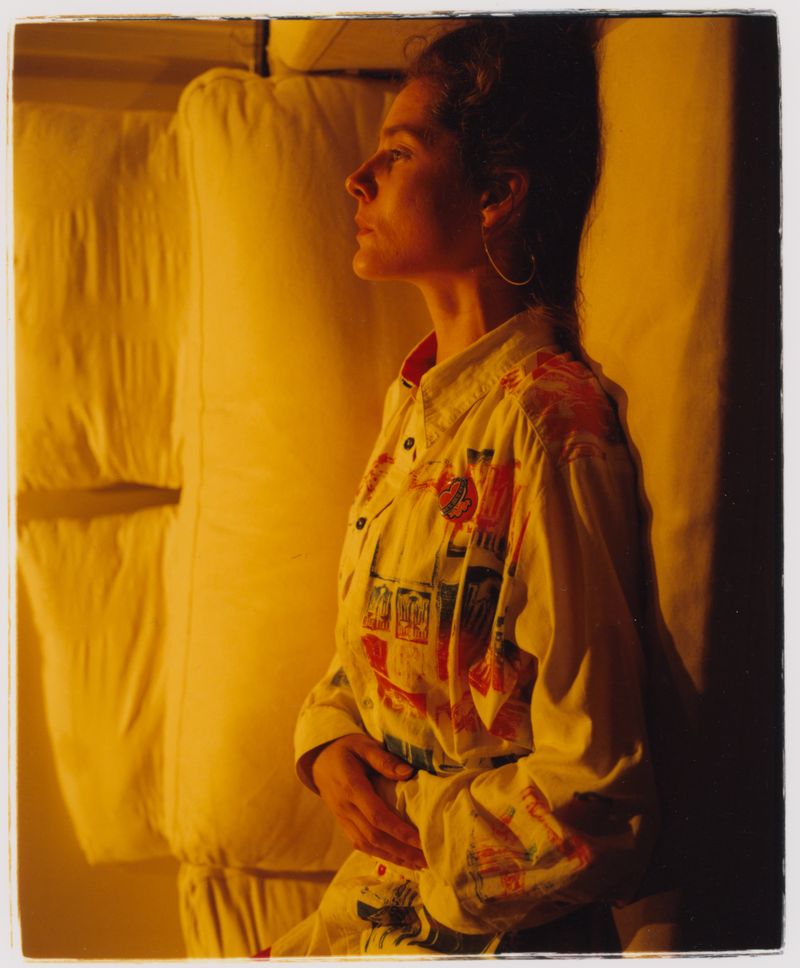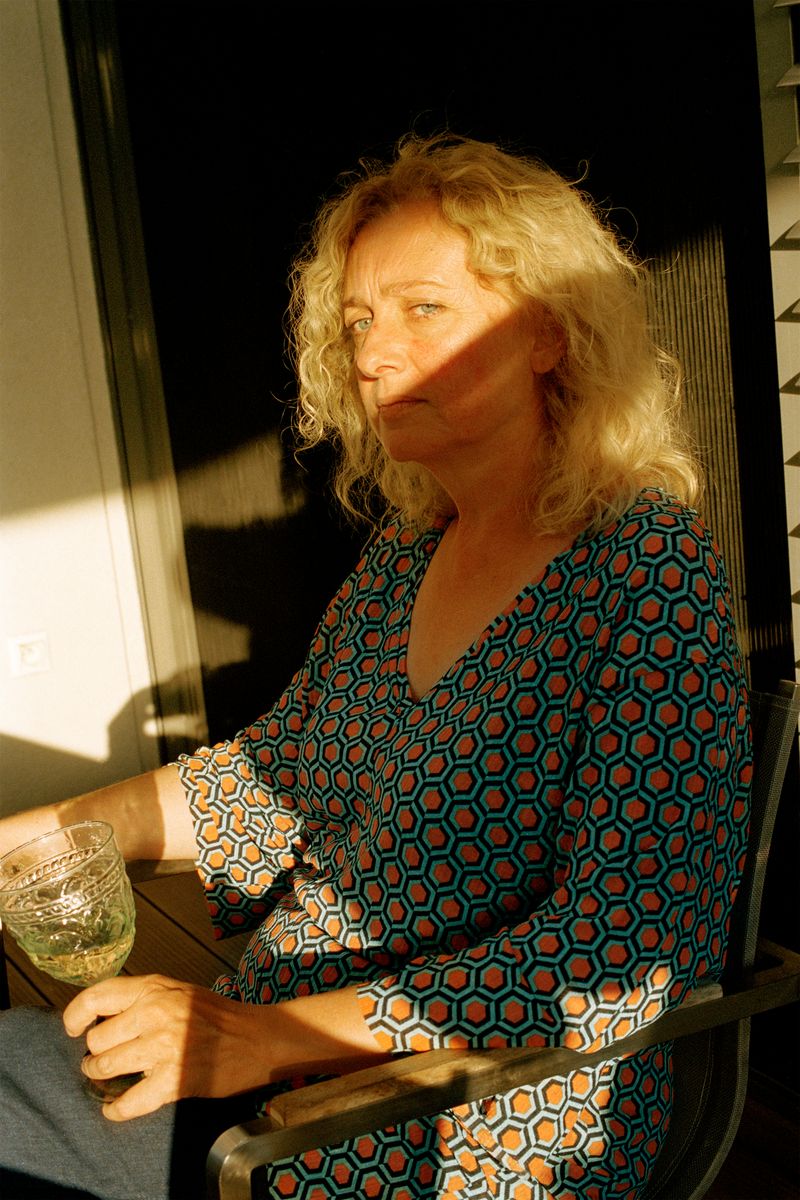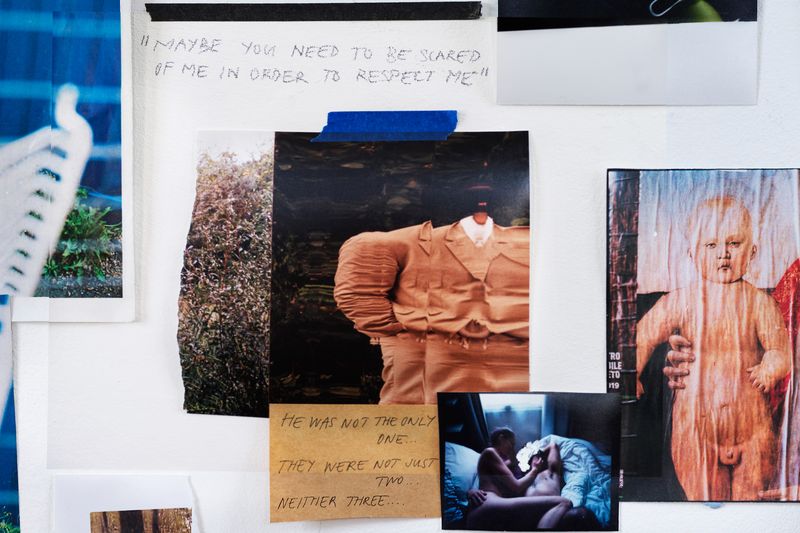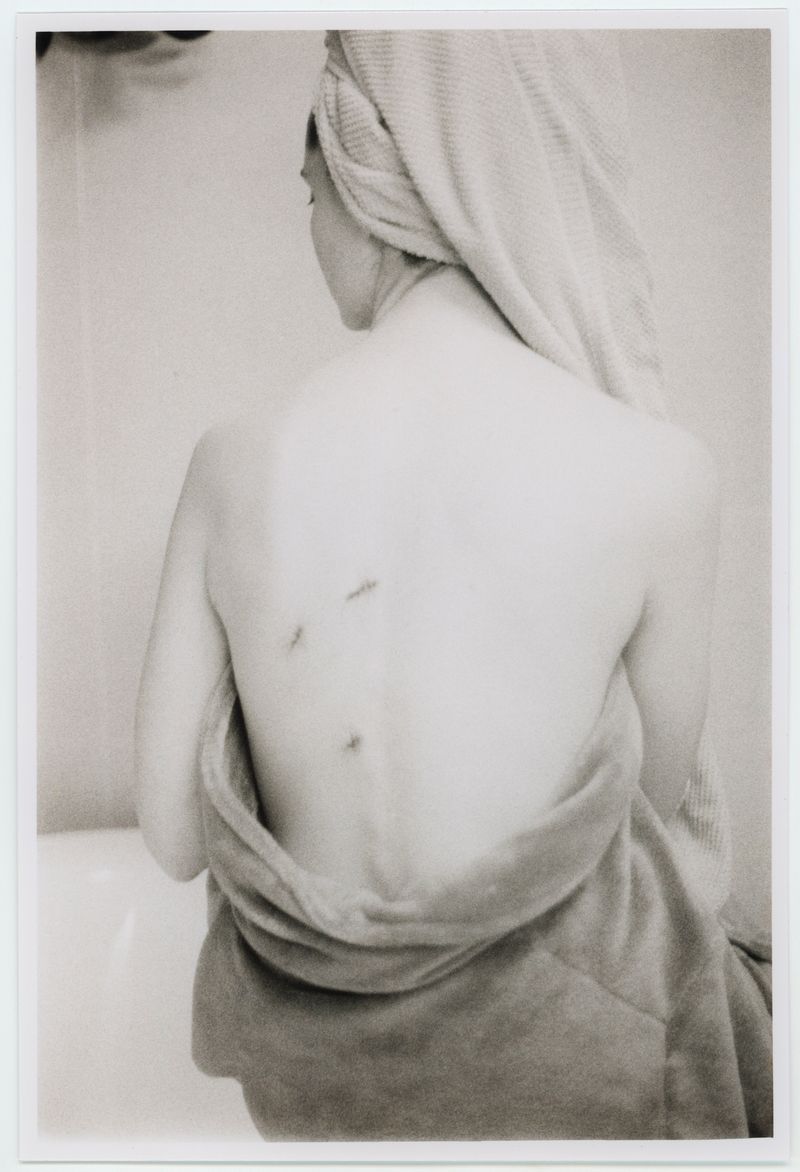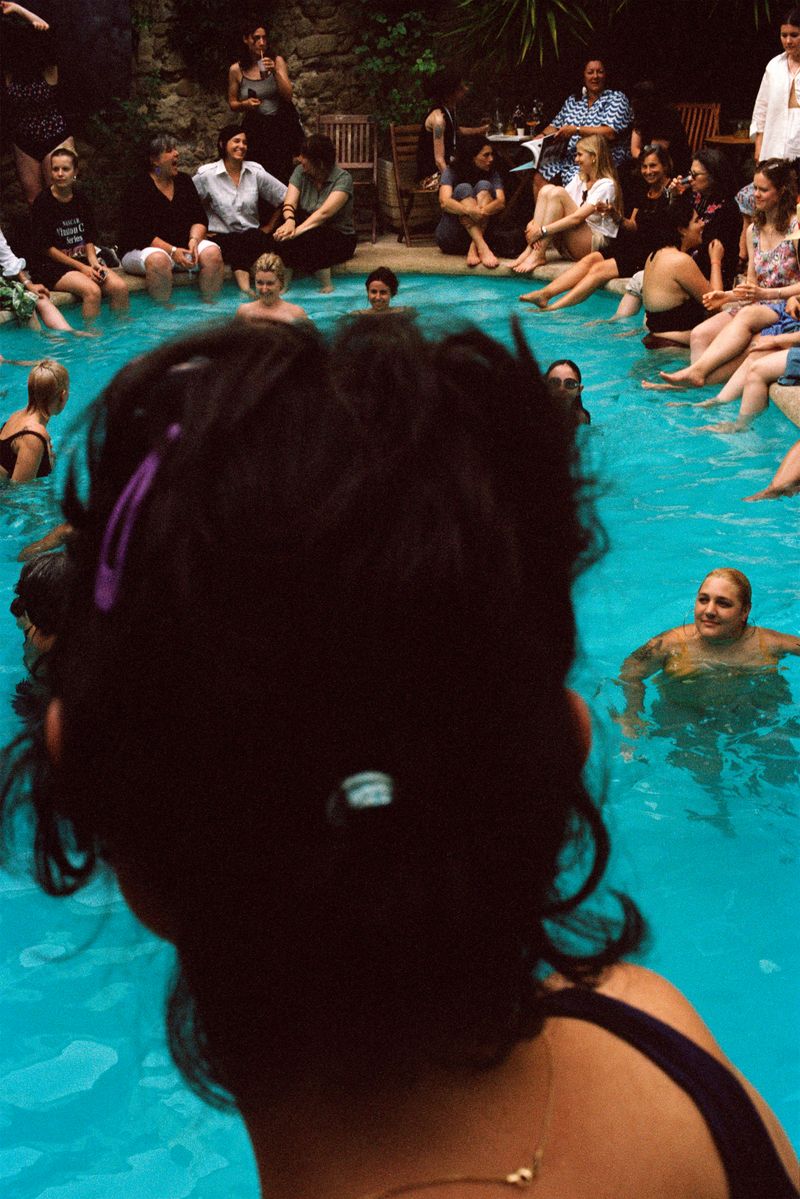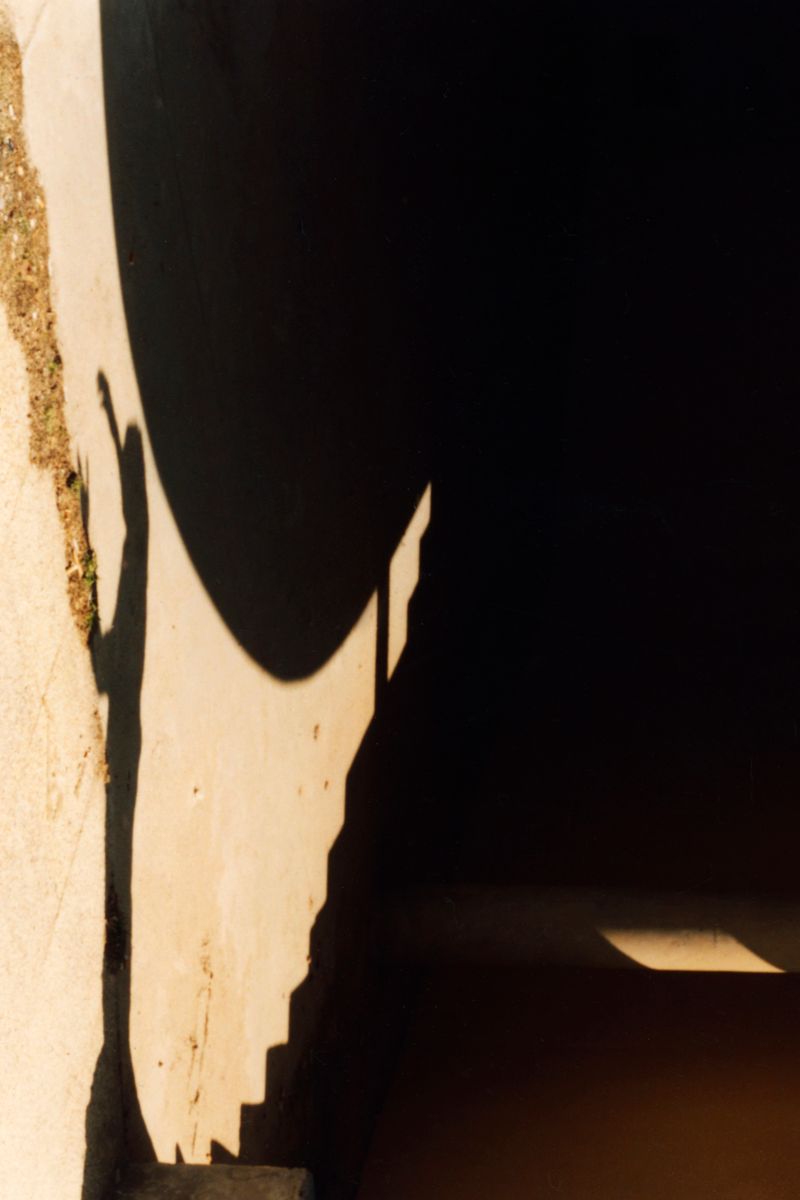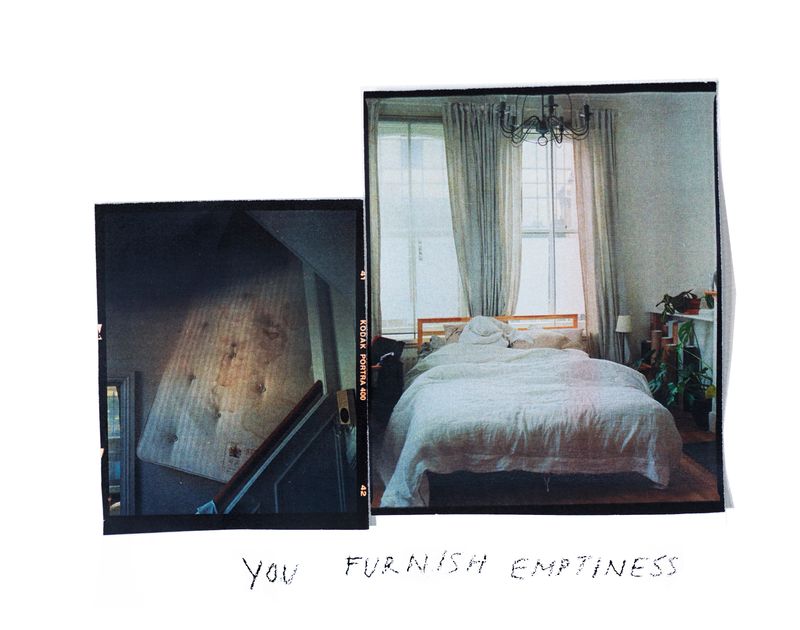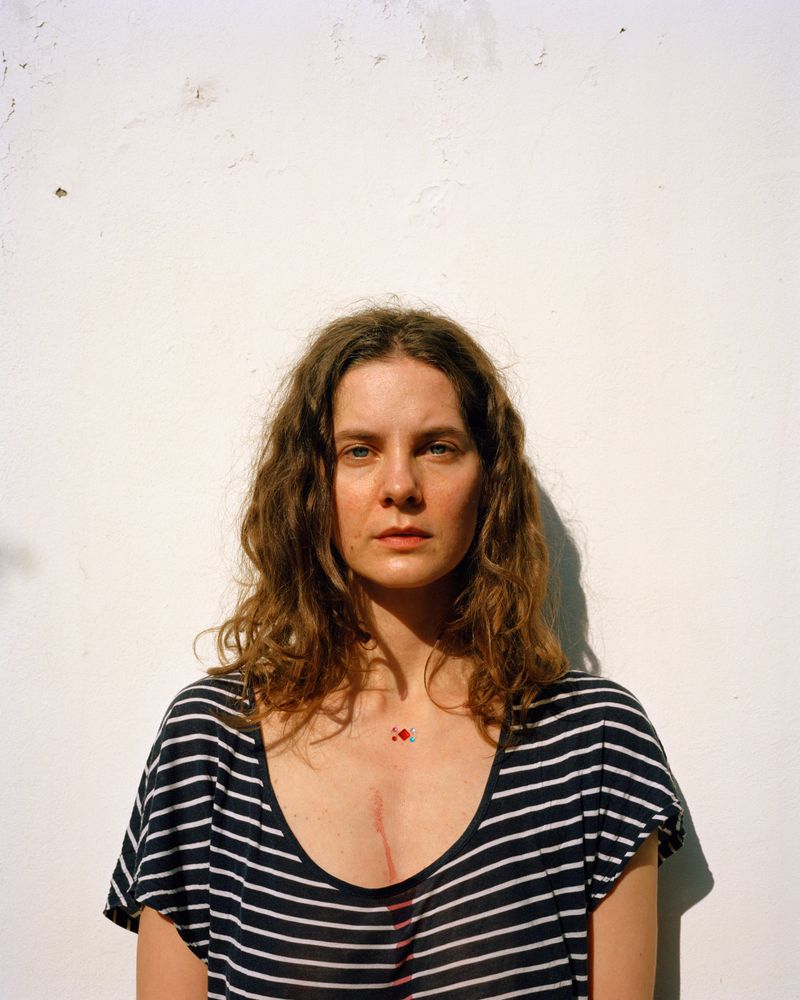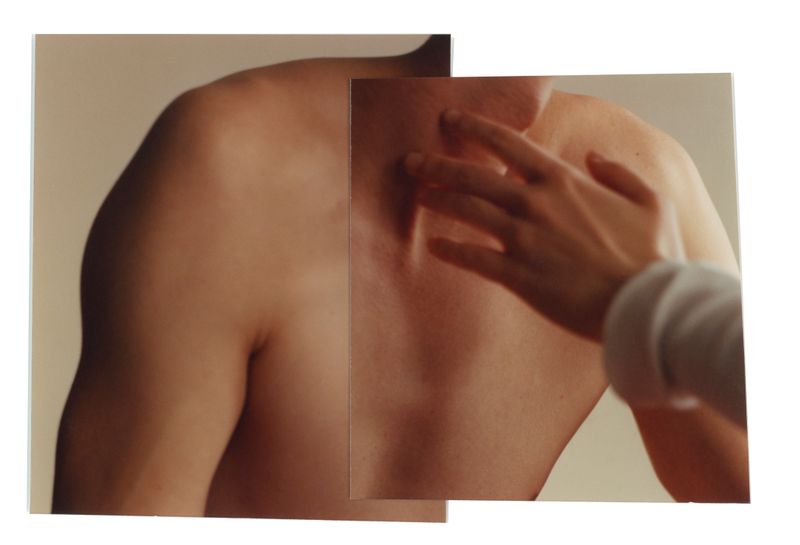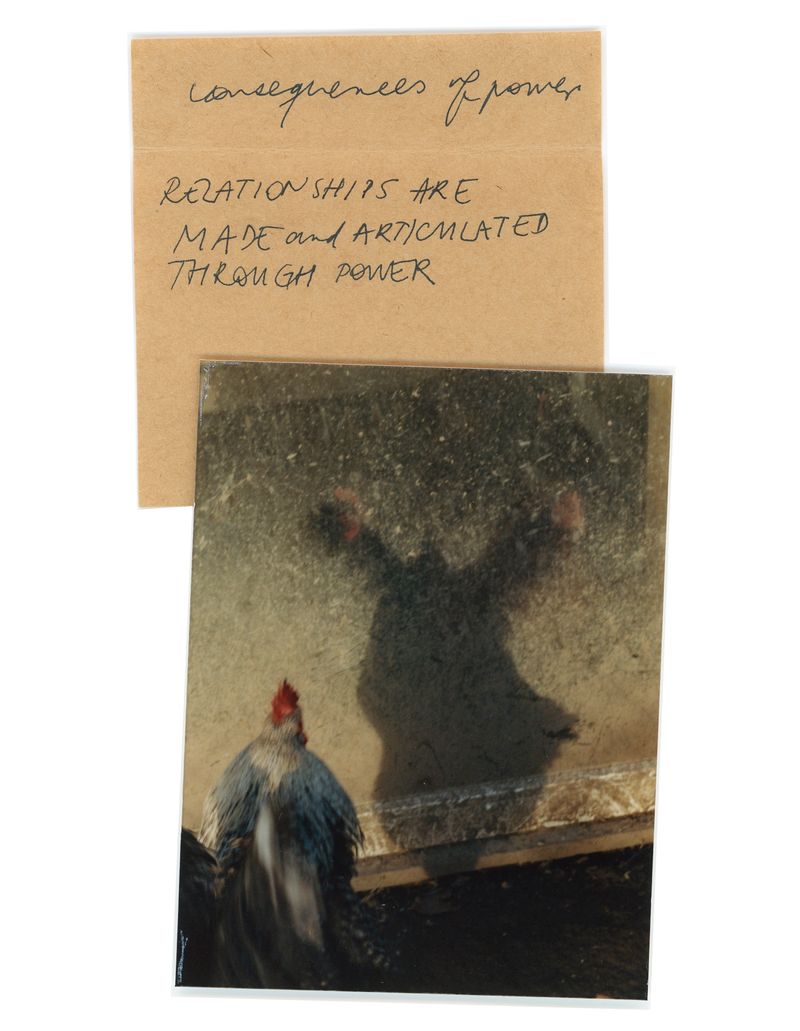THE I'MPOSSIBLE WORK
-
Dates2016 - Ongoing
-
Author
-
Shortlisted
Through photographs, self-portraits, and fragments of speech, THE I'MPOSSIBLE WORK reframes domestic abuse as a public health crisis and survival as continuous creative labour — personal, political, and defiantly ambiguous.
THE I’MPOSSIBLE WORK is a fragmentary archive of embodied experiences, assembled from the remnants of coercive control that once suppressed my artistic voice.
The title holds a contradiction: what was once deemed impossible is reclaimed through the insistence that I am possible. In this tension between erasure and presence, the work reflects both the violence of silencing and the persistence of survival.
This work approaches domestic abuse not as a singular moment of harm, but as something that permeates the everyday — quiet, invisible, and unspoken yet deeply present. It lingers in memory, shapes identity, and filters through relationships. Rather than documenting violence directly, the work engages with its aftermath: how silence, control, and power imprint themselves on daily life, while also meditating on resilience — asking how one continues in the face of what feels unspeakable.
Apart from my own sense of preparedness, the timing of making this work public responds to a cultural urgency. While domestic abuse has gained some visibility through recent social movements and the heightened exposure of private harm during lockdowns, conversations around it remain far less frequent than they need to be. When they do occur, they are often reduced to simplified, linear narratives of harm and recovery. This work challenges that reduction by offering a space for complexity, where survival is fragmented, ambiguous, and ongoing, and where what endures can be seen without being forced into clarity.
Through photographs, self-portraits, vernacular scenes, and fragments of speech, the work resists conventionally linear narratives of abuse and escape. It insists on authorship, agency, and necessity of storytelling. By layering gestures and destabilising chronology, it challenges the visual language often imposed on trauma and survival, shifting focus from individual experience to the broader structures that allow abuse to persist in silence.
Rather than documenting suffering, the work becomes an act of reassertion. It resists demands for clarity, questioning how trauma is expected to be explained or resolved. Identities blur, timelines collapse, and moments of intimacy and care break through the weight of control. Part diary, part protest, part collective memory, it reveals moments that escaped erasure, the people who remained close, and the self that returned to the camera even when it felt impossible.
Avoiding neat resolution, THE I’MPOSSIBLE WORK favours an ongoing process of reclamation. It reframes domestic abuse as a public crisis and survival as continuous, creative labour — at once private and political. By holding space for contradiction, ambiguity, and resilience, it stands as a testimony to endurance, care, witnessing, and the right to speak.


